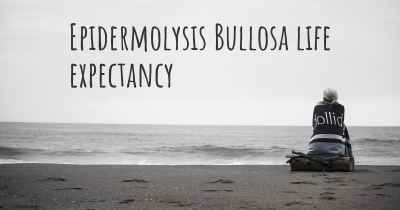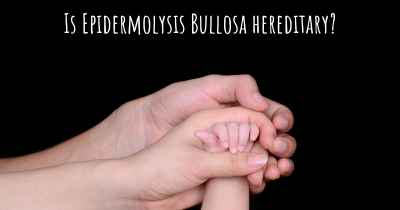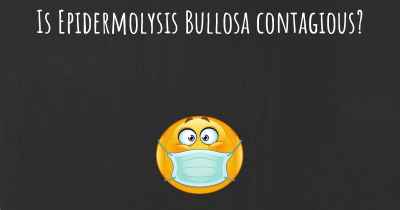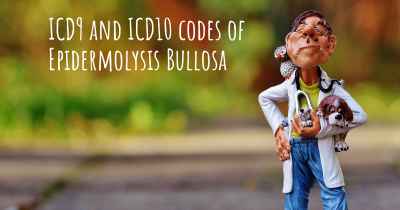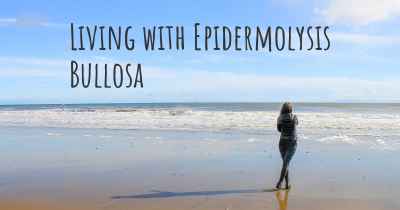What are the best treatments for Epidermolysis Bullosa?
See the best treatments for Epidermolysis Bullosa here
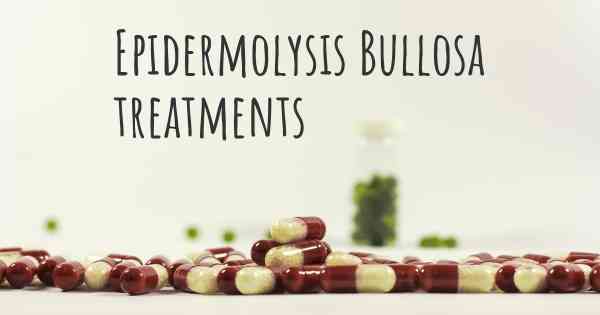
Treatments for Epidermolysis Bullosa
Epidermolysis Bullosa (EB) is a rare genetic disorder that affects the skin and mucous membranes, causing them to be extremely fragile and prone to blistering. There is currently no cure for EB, but various treatments can help manage the symptoms and improve the quality of life for individuals with this condition.
Wound Care
One of the primary goals in managing EB is to prevent and treat blisters and wounds. Proper wound care is crucial to prevent infection and promote healing. It involves gentle cleansing of the affected areas, applying non-adhesive dressings, and using specialized bandages or dressings that minimize friction and shear forces. Regular changing of dressings and monitoring for signs of infection are essential.
Pain Management
Living with EB can be extremely painful due to the constant presence of blisters and wounds. Pain management is an important aspect of treatment. Over-the-counter pain relievers may be used for mild pain, while stronger prescription medications may be necessary for more severe pain. Additionally, non-pharmacological approaches such as distraction techniques, relaxation exercises, and complementary therapies like acupuncture or massage may provide some relief.
Nutritional Support
Individuals with EB often have difficulty eating and maintaining proper nutrition due to blistering and scarring in the mouth and esophagus. Nutritional support is crucial to ensure adequate intake of calories, protein, vitamins, and minerals. This may involve working with a registered dietitian to develop a customized meal plan, using liquid or pureed diets, and considering nutritional supplements if needed.
Preventing Infection
Due to the fragile nature of the skin in individuals with EB, they are at a higher risk of developing infections. Preventing infection is a key aspect of treatment. This involves maintaining good hygiene, using antiseptic solutions during wound care, and promptly treating any signs of infection such as redness, swelling, or increased pain. In some cases, antibiotics may be prescribed to treat or prevent infections.
Physical Therapy
Physical therapy plays an important role in managing EB by helping to maintain joint mobility, prevent contractures, and improve overall physical function. Physical therapists can provide exercises and stretches tailored to the individual's needs, as well as recommend assistive devices or orthotics to support mobility and reduce the risk of injury.
Gene Therapy
While still in the experimental stage, gene therapy holds promise for the future treatment of EB. It involves introducing healthy genes into the patient's cells to correct the underlying genetic defect responsible for EB. Although more research is needed, early studies have shown encouraging results, and ongoing clinical trials are exploring the potential of gene therapy as a viable treatment option.
Psychological Support
Living with EB can have a significant impact on an individual's mental and emotional well-being. Psychological support is essential to help individuals cope with the challenges of the condition. This may involve counseling, support groups, or therapy sessions to address anxiety, depression, body image issues, and the overall psychological impact of living with a chronic and often painful condition.
Collaborative Care
Managing EB requires a multidisciplinary approach involving various healthcare professionals. Collaborative care ensures that all aspects of the condition are addressed comprehensively. Dermatologists, wound care specialists, geneticists, nutritionists, pain management specialists, physical therapists, and mental health professionals work together to provide the best possible care and support for individuals with EB.
While there is no cure for Epidermolysis Bullosa, these treatments can significantly improve the quality of life for individuals with this condition. Ongoing research and advancements in medical technology offer hope for future breakthroughs in the treatment and management of EB.
Posted Aug 21, 2017 by Michelle 1000
